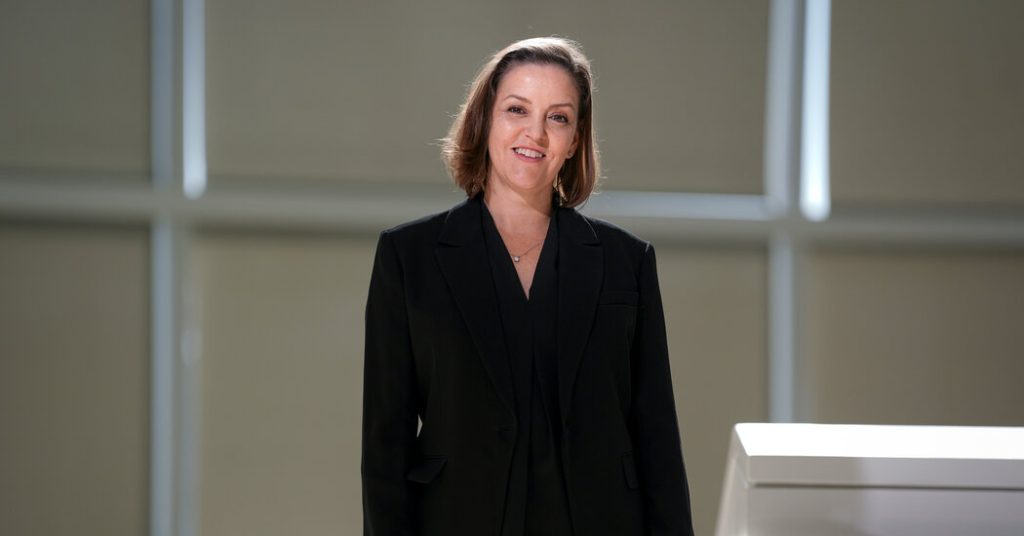Alexandra Bell, the newly appointed president and CEO of the Bulletin of the Atomic Scientists, inherits a world teetering on the brink of disaster. The Doomsday Clock, a symbolic representation of humanity’s proximity to self-annihilation, stands at a mere 89 seconds to midnight – the closest it has ever been. This precarious position underscores the urgency of addressing the interconnected threats of nuclear weapons, climate change, and disruptive technologies like artificial intelligence. Bell, a seasoned expert in nuclear affairs with experience in the State Department during both the Obama and Biden administrations, recognizes the complex and evolving nature of these risks and emphasizes the need for collaborative solutions.
The Bulletin, founded in the aftermath of the atomic bombings of Hiroshima and Nagasaki, has served as a persistent voice of warning for nearly eight decades. Bell acknowledges the challenge of maintaining relevance in a rapidly changing world, emphasizing the Bulletin’s role in translating complex threats into understandable terms for a wider audience. The Doomsday Clock, she argues, acts as a stark reminder of the urgency of the current moment, urging collective action to pull humanity back from the precipice. It is not enough, she emphasizes, to simply understand the problems; the focus must shift towards actionable solutions, requiring a concerted effort from the public, policymakers, and experts from various fields.
The current nuclear landscape presents unprecedented challenges. Unlike the bipolar world of the Cold War, the nuclear threat is now more diffuse and multifaceted. The breakdown of established arms control agreements, the nuclear ambitions of nations like North Korea and Iran, the rapid expansion of China’s nuclear arsenal, and the stalled progress on treaties like the Comprehensive Nuclear Test Ban Treaty all contribute to a heightened sense of insecurity. Crucially, communication and dialogue between major nuclear powers, particularly the US and Russia, have diminished, escalating the risk of miscalculation and escalation.
Adding to this complex web of threats is the looming crisis of climate change. While younger generations may not perceive nuclear weapons with the same immediacy as their predecessors, Bell stresses the interconnectedness of these dangers. Climate change acts as a threat multiplier, exacerbating existing tensions and potentially leading to resource conflicts and mass migration, which could further destabilize the international order and increase the risk of nuclear conflict. The urgency of addressing climate change, while measured in years rather than minutes, is no less critical, as its impacts will ripple through societies and ecosystems for generations to come.
Bell acknowledges the shift in public perception, where climate change often overshadows nuclear threats in the public consciousness. However, she emphasizes the criticality of addressing both simultaneously. The consequences of a nuclear exchange, even a limited one, would be catastrophic and irreversible. The rapid deployment times of intercontinental ballistic missiles leave little room for error, making nuclear conflict a constant and immediate threat. Climate change, on the other hand, presents a slower-moving but equally devastating threat, with the potential to reshape the planet and trigger widespread social and ecological upheaval.
Bell envisions a more inclusive and engaging approach for the Bulletin, aiming to expand public awareness and participation in addressing these existential risks. She believes it is essential to connect with people from all walks of life, not just those within the political and scientific spheres. Drawing on her own personal experience with the devastating impacts of extreme weather in her hometown, she underscores the need to bridge the gap between abstract discussions of global threats and the tangible experiences of individuals affected by them. This, she argues, requires fostering a sense of shared responsibility and empowering individuals to contribute to solutions. Bell emphasizes the Finnish concept of “sisu,” a spirit of resilience and determination in the face of adversity, as a guiding principle for navigating these challenging times. She calls for a collective effort, driven by grit and collaboration, to address the complex threats facing humanity and create a safer, more sustainable future.











